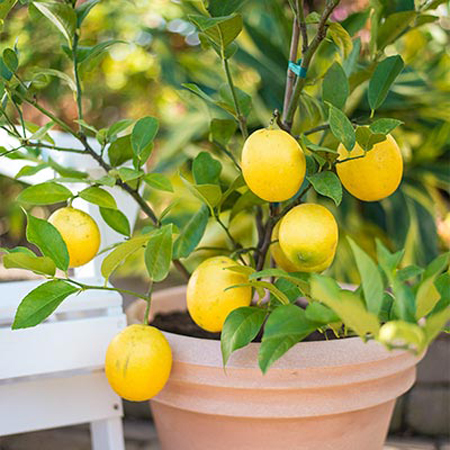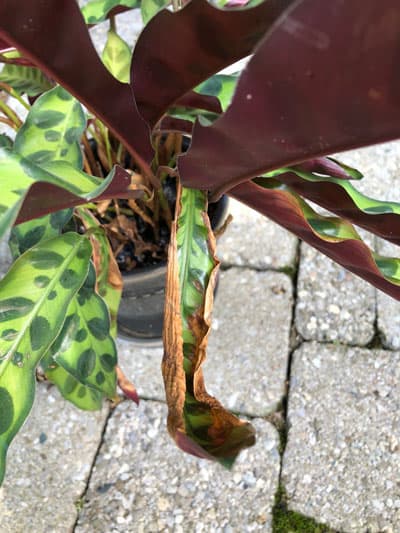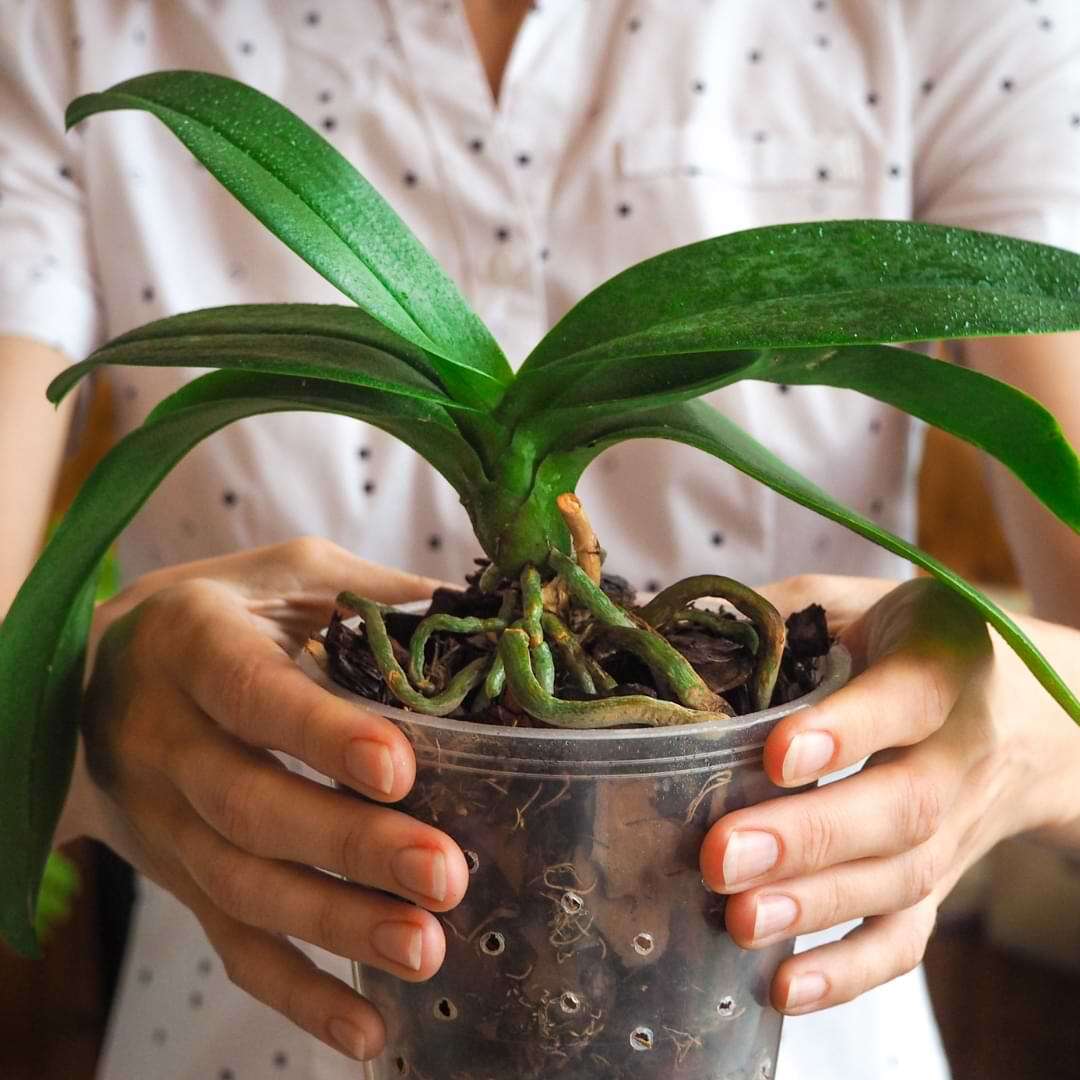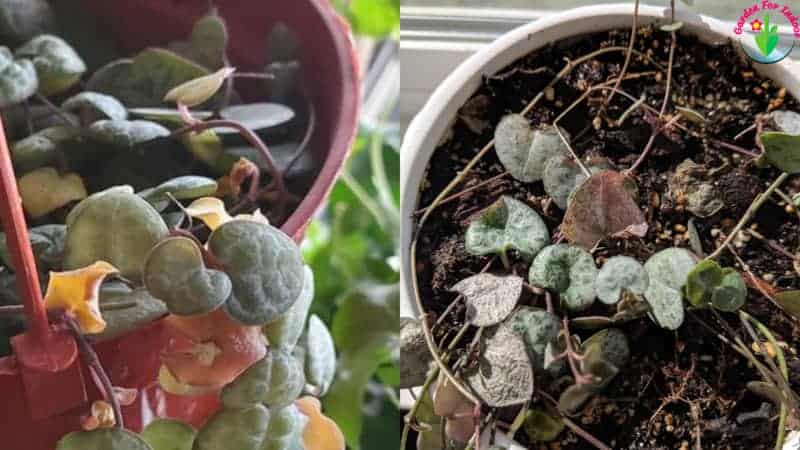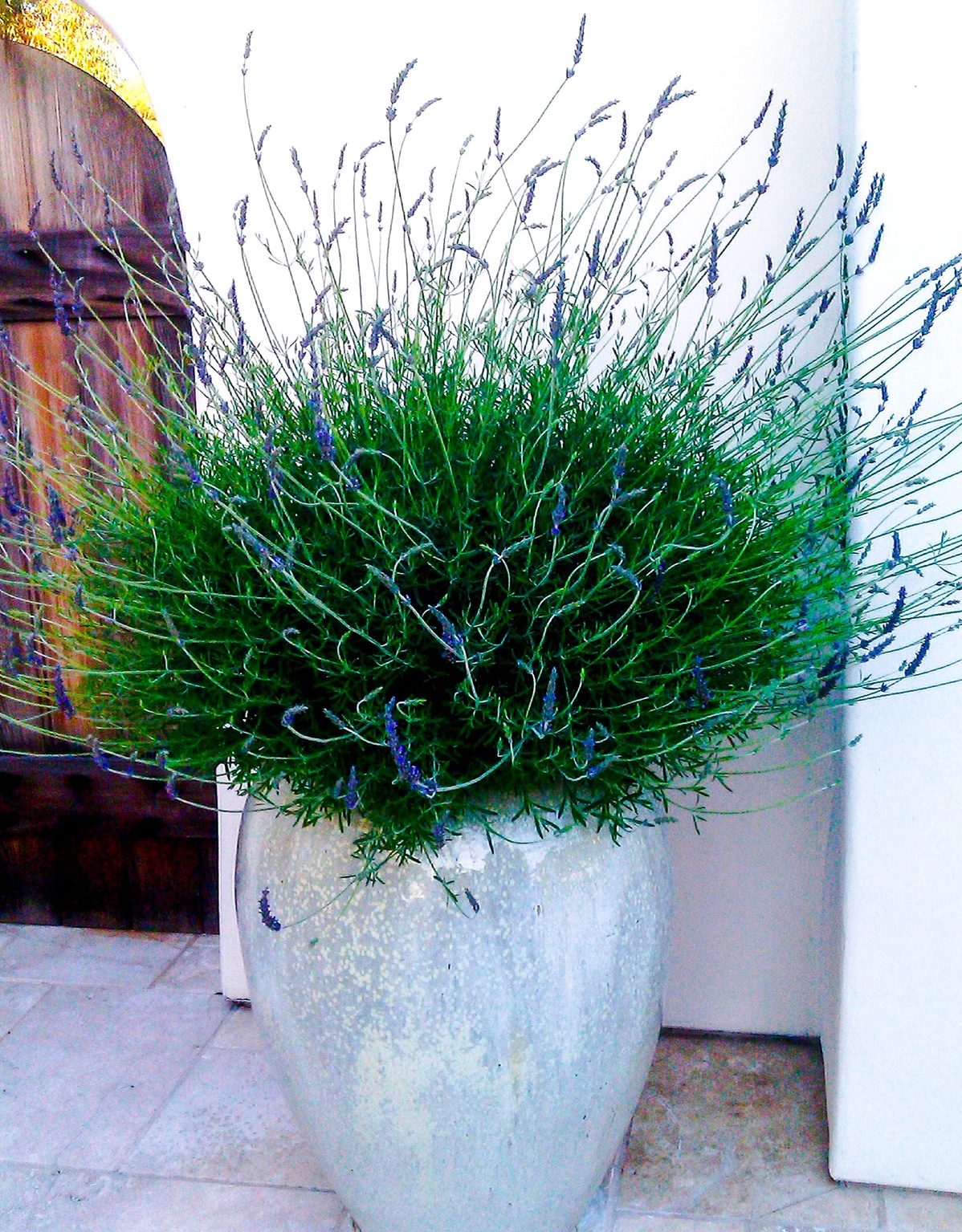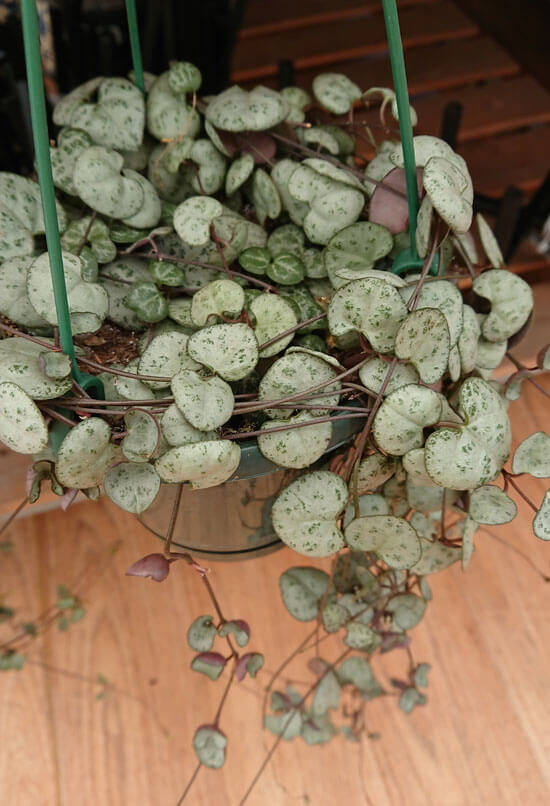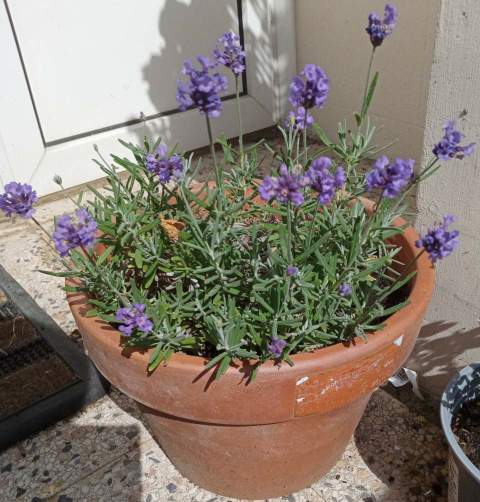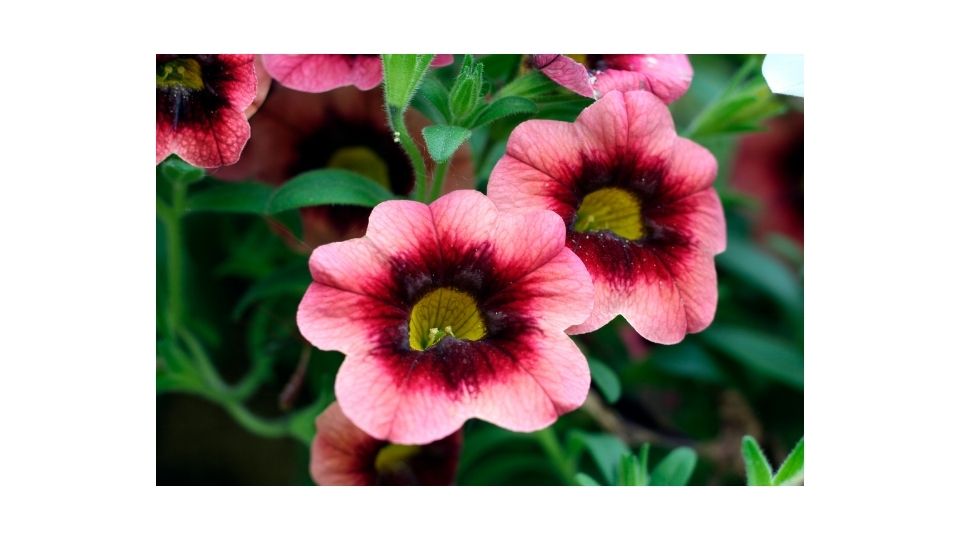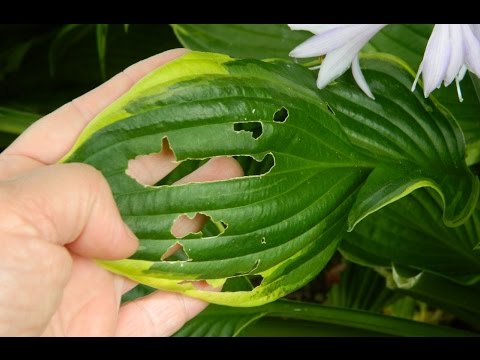How to Water Lemon Trees
Lemon trees are sensitive to over watering, so water your lemon tree only when the top two inches of the soil have dried out and then soak your lemon tree with a generous amount of water. Lemon trees require more water in the Summer and should be watered less often in the Winter to avoid …

